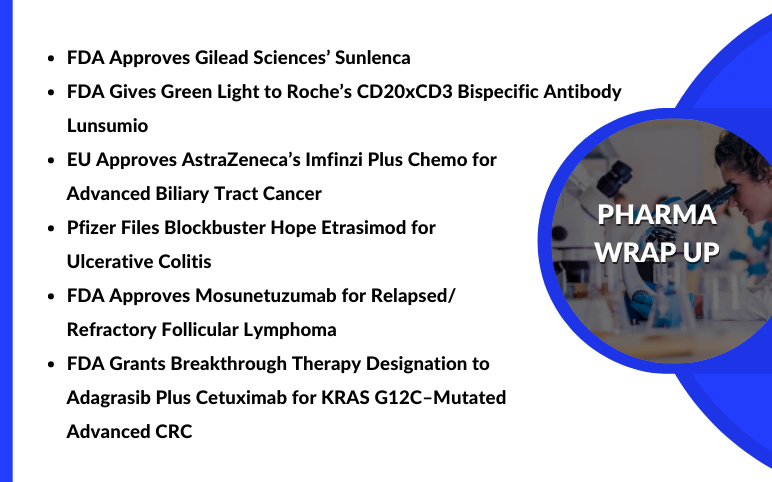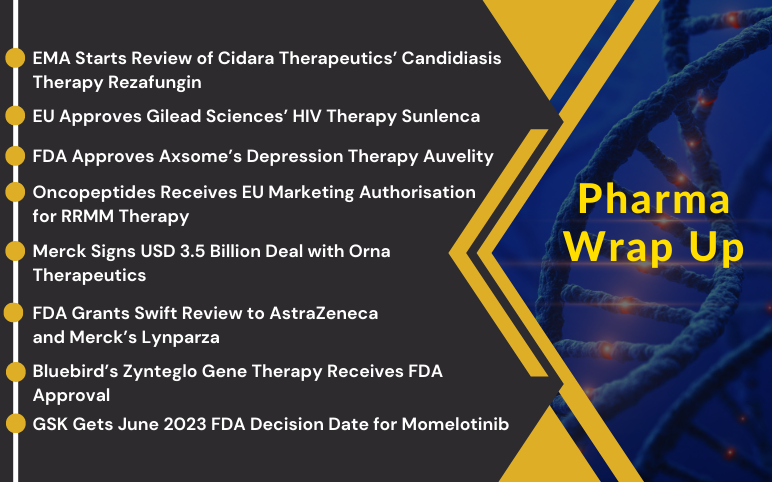The Human immunodeficiency virus (HIV) cases have grown to pandemic extents since the first case of acquired immunodeficiency syndrome (AIDS) was reported in 1981.
CDC estimates that approximately 1.1 million people in the U.S. are living with HIV today. About 15 per cent of them (1 in 7) are unaware of their infection status. In 2016, around 38,700 Americans were reported to be infected with HIV in 2016. The most significant increase in the HIV cases was seen in Gay, bisexual, and other men who have sex with men estimated to be 26,000 of new HIV infections per year.
However, in a recent report by the CDC, the decline in HIV infections was effectively observed due to the maximized reach of adequate healthcare to people and a better HIV Treatment scenario. However, there still exist gaps in rural areas, especially in the South and among disproportionately affected populations like African Americans and Hispanics.
HIV Treatment Landscape
HIV is a type of retrovirus, and the combination of drugs used in HIV treatment are called Antiretroviral therapy (ART). ART is dispensed to all the HIV patients, regardless of their health and the incubation period of the virus. There are lots of antiretroviral drugs, which are combined in different ways. Some work by blocking or changing the enzymes that HIV needs to make copies of itself, which should be prevented to reduce the HIV amount. For example, Nucleoside reverse transcriptase inhibitors (NRTIs), Non‐nucleoside reverse transcriptase inhibitors (NNRTIs), Integrase inhibitors and Protease inhibitors (PIs). But these antiretroviral medications were required to be administered several times a day. So, Researchers are focused on HIV treatment regimens to improve the standards of HIV care. To improve patients’ quality of life and treatment adherence, it is essential to have an HIV therapy which is taken only once per day, thus decreasing pill burden.
Some of the newest HIV treatment regimens require only a single‐tablet regimen (STR) with several potential benefits for HIV treatment. At present, FDA-approved STR for HIV is Atripla, Complera, Stribild and Genvoya. The year 2019 saw the approval of the first complete HIV treatment option that consisted of only two antiretroviral drugs. Dovato, marketed by ViiV Healthcare, is a single-tablet, two-drug regimen containing the integrase inhibitor, dolutegravir, (DTG) and the nucleoside reverse transcriptase inhibitor, lamivudine (3TC).
A new approach to suppress HIV
New research conducted at The University of Texas Medical Branch at Galveston, published in the Journal of Clinical Investigation, discovered a new potential medication that may ultimately result in abatement of the HIV present in the human body. The designing of the new drug is based on the findings of the role of a protein BRD4 in regulating and suppressing the production of new copies of the HIV gene. The lead compound identified in HIV infections – ZL0580 was found to be significantly delaying the reactivation of HIV after the termination of the ART drug regimen. The new drug has the potential to supplement the current ART treatment for HIV, possible cessation of HIV and leading to a life without medications.
Current HIV treatment options are no permanent cure, but keep HIV under control very effectively. Nonetheless, comprehensive HIV programs are needed to reach all persons who require treatment and to prevent transmission of new infections. The ability of HIV to incorporate itself into the genetic coding of the human and lying dormant within poses a significant challenge to the HIV treatment options. Present ART medications fail to cure the virus, and if the regimen terminates somehow, the virus starts to multiply recklessly. Drug resistance is another topping in the pudding. So, to provide a sustained and persistent HIV treatment free of the confinements of several medications daily becomes the new goal for HIV therapy.









-Agonist.png)


